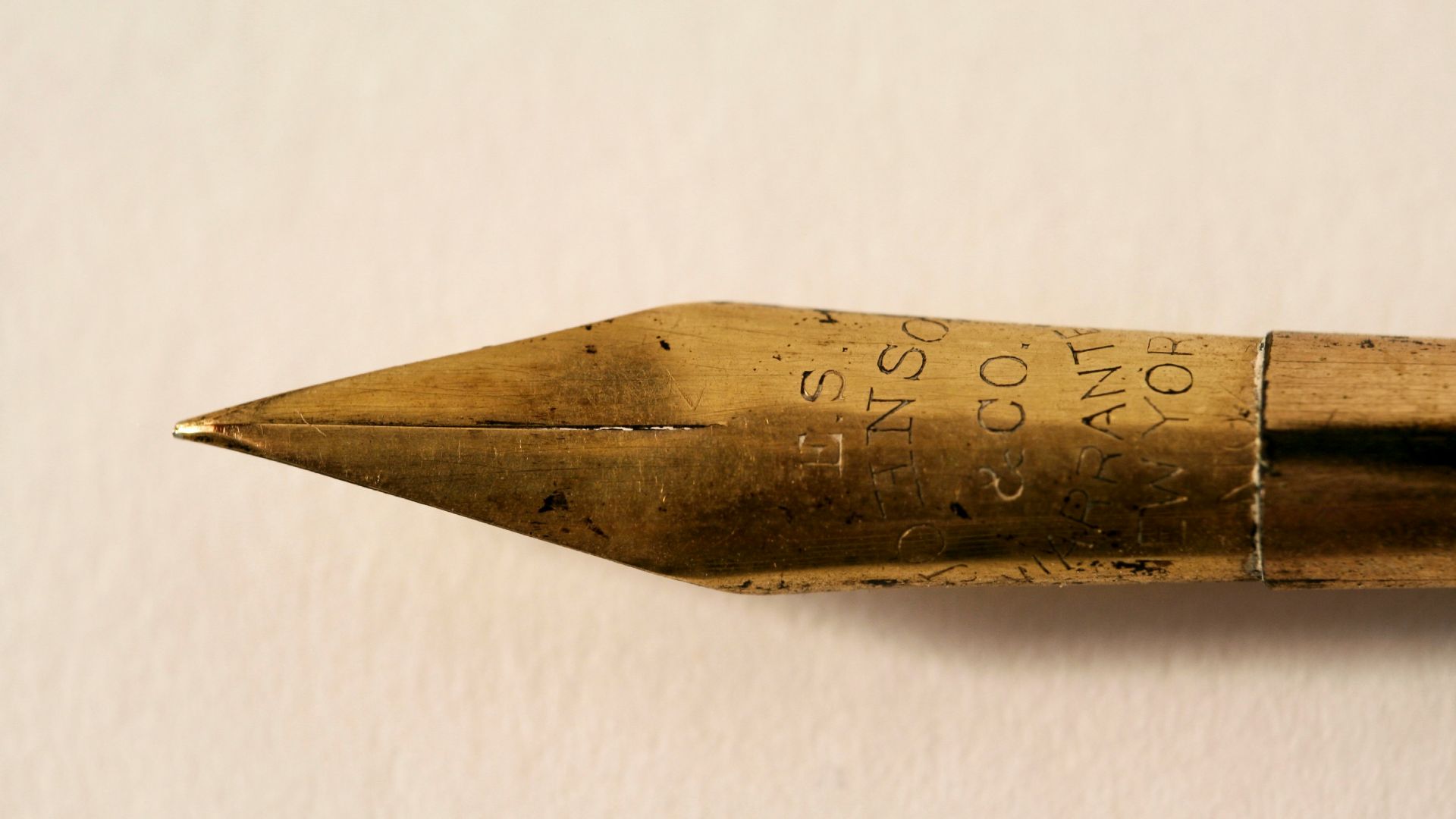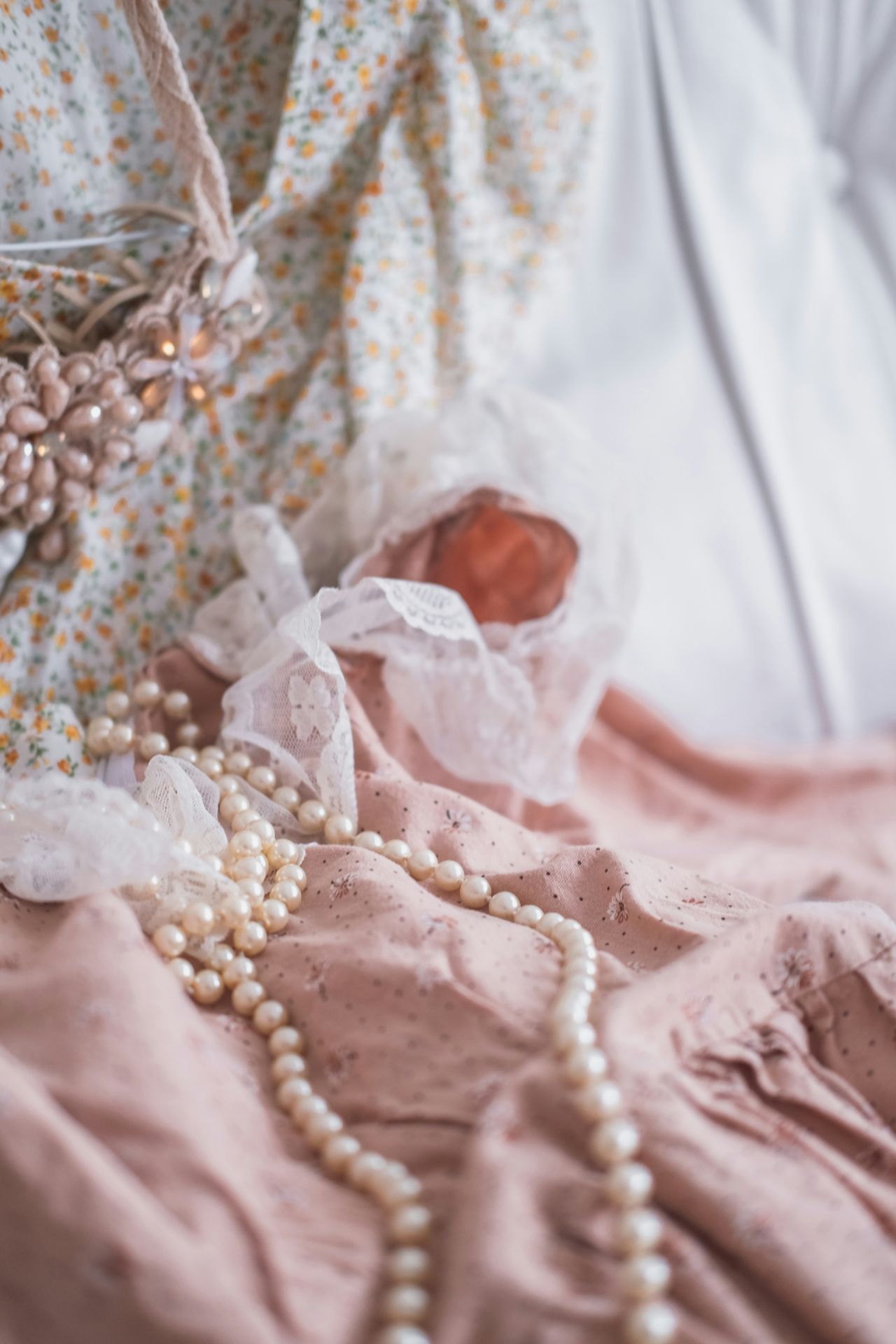The charm of antique gold jewelry lies in its history and the unique characteristics it has developed over time. These pieces often reflect the artistry and cultural nuances of the era in which they were made, making them more than just accessories, but artifacts of bygone days.
However, as the market for antique gold grows, so does the potential for encountering counterfeit or mislabeled items.

Is Antique Gold Real Gold?
The short answer is yes, antique gold is real gold. However, there are a few factors to consider when evaluating the authenticity of antique gold. It's essential to approach each piece with a critical eye and to understand that while most antique gold is real, the exact purity and value can vary significantly.
Antique gold's allure is not just in its appearance but also in the legacy it carries. Each piece has weathered the passage of time, and with that comes a natural patina and wear that modern gold simply cannot replicate. This patina is often considered desirable and can add to the item's charm and authenticity.
Karat or Carat: Understanding the Purity of Gold
Gold is measured in karats (not to be confused with carats, which is a unit of measurement for diamonds). A karat is a unit of measurement that indicates the purity of gold. The higher the karat, the more pure the gold is. Understanding the karat system is crucial when determining the value of antique gold jewelry.
In the United States, the most commonly used purities for gold are 10 karat (10K), 14 karat (14K), and 18 karat (18K). These numbers indicate the percentage of gold in the jewelry. For example, 14K gold is 58.5% pure gold, while 18K gold is 75% pure gold. It's important to note that the remaining percentage is typically composed of other metals, which can affect the color and strength of the piece.
Antique gold, on the other hand, can have a lower karat value due to the limited technology and resources available at the time it was created. It's not uncommon to find antique gold jewelry with a karat value of 9K or even lower. In some regions, such as the United Kingdom, 9K gold was a standard alloy for many years, which is why it's often found in British antique jewelry. These pieces may not be as pure as modern high-karat jewelry, but they possess a richness and history that many collectors value.
Hallmarks: The Mark of Authenticity
Hallmarks are small stamps or engravings on jewelry that indicate the purity of the gold. They can also provide information about the maker or origin of the piece. In the United States, hallmarks are not required by law, but many reputable jewelers will include them on their pieces. These marks are like the fingerprints of the jewelry world, providing clues to the item's provenance.
When it comes to antique gold, hallmarks can provide valuable information about the authenticity of the gold. However, it's important to note that not all antique gold will have a hallmark. This could be due to the age of the piece or the original maker not including one. In some cases, hallmarks may have worn away over time or could have been removed during past repairs or alterations.
If your antique gold does have a hallmark, it's important to do some research to ensure the hallmark is authentic. There are many resources available online that can help you identify and verify hallmarks. Books and online databases can be invaluable tools for deciphering these tiny marks. It's also wise to consult with an expert, such as an antique jewelry dealer or appraiser, who can help you understand what the hallmarks on your piece signify.
Other Methods of Testing the Authenticity of Antique Gold
If your antique gold does not have a hallmark or if you're unsure of its authenticity, there are a few other methods you can use to test it. Authenticity testing is an important step in the evaluation process, especially for items that lack clear provenance.
One method is the acid test, where a small amount of acid is applied to the gold to determine its purity. However, this method can be damaging to the gold and should only be done by a professional. While effective, the acid test should be a last resort, as it involves scratching the gold and exposing it to corrosive chemicals.
Another method is the magnet test, where a magnet is used to determine if the gold is real or fake. Real gold is not magnetic, so if the piece is attracted to the magnet, it is not authentic gold. This test is simple and non-destructive, making it a good first step for anyone suspicious of an item's authenticity. However, it's not foolproof, as some counterfeit pieces may be made from non-magnetic metals that mimic gold's properties.

The Value of Antique Gold
Antique gold not only holds value in its authenticity but also in its historical and sentimental value. Antique jewelry is a piece of history, and it can tell a story about the time period in which it was created. Collectors and enthusiasts often value the unique design elements and craftsmanship that are indicative of a particular era.
Additionally, antique gold is often crafted with more attention to detail and craftsmanship than modern jewelry. This makes it a unique and valuable piece to add to your collection. The skill and time invested in these pieces are evident in their intricate designs, which are often handcrafted by artisans who honed their craft over a lifetime.
Antique gold jewelry can be considered a form of wearable art, with each piece reflecting the aesthetic preferences and technical abilities of its time. The value of these items often appreciates over time, making them not only a joy to wear but also a wise investment. Rarity also plays a crucial role in determining the value of antique gold, as some pieces may be one-of-a-kind or from a limited production run.
Caring for Antique Gold
Proper care and maintenance are essential to preserving the value and authenticity of antique gold. Here are a few tips to keep in mind when caring for your antique gold jewelry:
Store It Safely
When not wearing your antique gold jewelry, it's important to store it in a safe and secure place. Avoid storing it in places where it could get scratched or damaged, such as a jewelry box with other pieces. Proper storage is key to maintaining the condition of your antique gold. Soft pouches made of fabric like velvet can prevent scratches, and keeping items separate ensures that they do not tangle or rub against each other.
Clean It Gently
To clean your antique gold, use a soft cloth and a mild soap and water solution. Avoid using harsh chemicals or abrasives that could damage the gold. Gently wiping away dirt and oils can help maintain the luster of the gold without compromising its integrity. If the piece is particularly delicate or features gemstones, it's best to consult with a professional jeweler for cleaning advice.
Avoid Wearing It Everyday
While antique gold is durable, it's important to avoid wearing it every day. This will help preserve its value and prevent unnecessary wear and tear. Occasional wear will allow you to enjoy your antique gold while also keeping it in excellent condition for future generations. Additionally, it's wise to remove your antique gold jewelry before engaging in activities that could expose it to harsh chemicals or physical damage, such as house cleaning or exercising.
Where to Find Authentic Antique Gold
Now that you know how to identify and care for antique gold, where can you find it? Here are a few options to consider:
Estate Sales and Auctions
Estate sales and auctions are great places to find authentic antique gold. Keep an eye out for hallmarks and do your research before making a purchase. These venues often feature pieces from private collections, where items have been cherished and well-maintained over the years. Attending estate sales and auctions in person also gives you the advantage of examining the items up close before bidding.
Antique and Vintage Stores
Specialty antique and vintage stores often have a selection of authentic antique gold jewelry. Be sure to ask about the history and authenticity of the piece before purchasing. Knowledgeable store owners can provide insight into the piece's provenance and may offer documentation or appraisals that attest to its authenticity.
Online Marketplaces
Websites such as eBay and Etsy have a wide selection of antique gold jewelry. However, it's important to thoroughly research the seller and ask for additional photos or information before making a purchase. Look for sellers with high ratings and positive reviews, and don't hesitate to ask questions or request additional verification of an item's authenticity.
Family Heirlooms
One of the best places to find authentic antique gold is within your own family. Ask relatives if they have any heirloom jewelry that has been passed down through generations. These pieces not only have sentimental value but are often authentic and rich with family history. Discovering the story behind a family heirloom can add an extra layer of meaning and connection to the piece.

In Conclusion
Antique gold is a valuable and beautiful addition to any jewelry collection. By understanding how to identify and care for authentic antique gold, you can confidently add pieces to your collection and preserve their value for years to come. Whether you find it at an estate sale, antique store, or within your own family, antique gold is a timeless treasure that will never go out of style. Collecting and preserving these pieces allows you to own a tangible piece of history and to enjoy the beauty and craftsmanship of a bygone era.

 Prev Blog
Prev Blog 